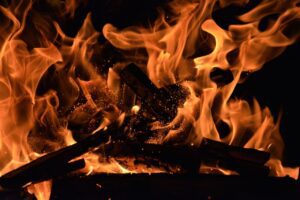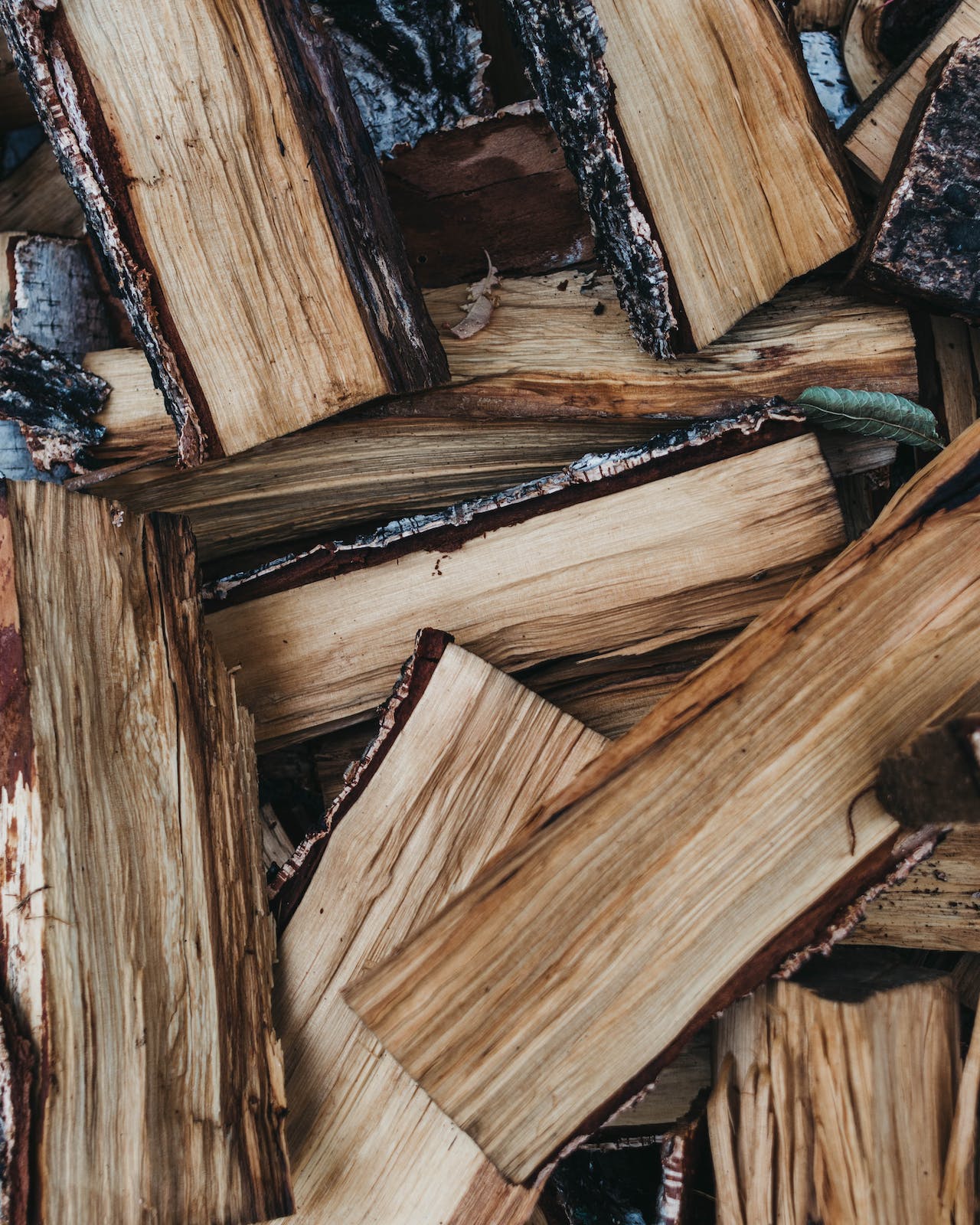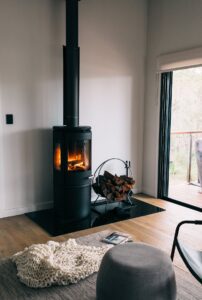
Common Firewood Myths Debunked for a Safer Fireplace Experience
A classic wellspring of comfort is a blazing fire in the fireplace, particularly on winter evenings. In any case, inaccurate information regarding firewood could result

Any room may be made into a comfortable shelter with the immortal warmth and ambiance of a blazing fire in the fireplace. Notwithstanding, the firewood’s particular features are much of the time the key to a fruitful and superb fire. Each component from form to size affects how long your fire consumes, how successfully it consumes, and how safe your heart is overall. We will go into the cultural and historical importance of this age-old tradition in addition to investigating the art and study of choosing the ideal size and form for your firewood in this exhaustive guide.
How about we initially investigate the significance of your firewood’s size and form before diving into the details? These basic factors affect your fireplace’s proficiency, the length of the consumption, and even your stack’s safety.
Firewood’s aspects and form have an immediate bearing on how well it consumes; they are not random. The interaction of fuel, air, and heat during ignition is delicate. Logs that are the right size and shape enable maximum ignition, which guarantees that the fire consumes uniformly and creates more heat and less smoke. On the other hand, misshaped or proportioned logs could bring about inadequate consumption, less heat creation, and a higher chance of creosote accumulation in your chimney stack.
For those long winter evenings or comfortable nights by the fireplace, the amount of your fuel is an important factor in deciding how long the fire will get by. Greater logs consume for longer periods, giving forth predictable heat all night long. On the off chance that you simply utilize large logs, in any case, you can have inconvenience lighting and maintaining them. Achieving lifespan and effortlessness of administration requires tracking down the ideal balance between enormous and little logs.
Utilizing firewood that is the right size and shape advances both effectiveness and safety. Oversized logs may deliver an inordinate amount of heat, which raises the chance of a chimney stack fire. Logs with irregular shapes couldn’t stack as expected and could fall out of the fireplace, which could be dangerous. Recollect that when we go into the nuances of size and form choice, these choices are not just helpful; they also enhance the safety and prosperity of your home. How about we currently examine the particulars of choosing the ideal form and size for your firewood?
It’s not just about what will fit in your fireplace about the length of your firewood. It is essential to Achieve the ideal balance. Longer logs may be challenging to light and maintain since they won’t fit in your fireplace or wood oven comfortably. In any case, too short logs could consume too rapidly, necessitating successive additions and losing the planning of your night.
Your firewood’s diameter is also vital for burning. Finding the ideal balance between greater logs that give out ceaseless heat and smaller ones that light more rapidly and are less difficult to manage is a higher priority than looks.
In addition to making a reasonable determination, you can enhance the overall appearance of your fireplace by thinking about the diameter and length of your fuel. The course of carefully choosing these aspects is similar to choosing the right parts for a dish; it includes tracking down the ideal ratio to come by the ideal outcome.
Although it may not appear as though no joking matter, the form of your fuel is crucial to the adequacy and security of your fireplace. A more safe and comfortable fireside experience may be achieved by avoiding irregular forms and by knowing the advantages of divided logs over whole logs.
The sort of wood, the size of your fireplace or oven, and your tastes are a portion of the variables that decide if to use split logs or entire logs.
Although firewood frequently has a lopsided natural form, attempt to stay away from really strange shapes that could affect how stable a stack is.
As we go into the nuances of form decision, consider it a chance to showcase your style and tastes. Your fireplace will have a one-of-a-kind touch from the form of your firewood stack, whether it comprises perfectly aligned split logs or the rural appeal of whole logs. It’s important to create an aesthetic that matches your style as well as functionality.
After obtaining the ideal firewood as far as size and form, stacking it appropriately is crucial to achieving maximum ignition. Choosing a stacking strategy has a larger number of implications than simply personal taste; it affects the progression of air through the stack, which thus affects the proficiency and consumption rate.
Lean smaller logs or fuel against each other to form a teepee shape, then encompass the foundation with greater logs. Fast start and enough airflow are made conceivable by this innovation.
To form the shape of a log cabin, alternate layers of logs at right angles. Longer consumers benefit greatly from this strategy’s durable development and magnificent airflow.
Make sure there is sufficient airflow by arranging the logs in a mismatch configuration. This method advances a more extended, more nonstop consumption and is appropriate for greater fireplaces.
You may adjust your campfire experience to suit various occasions by exploring different avenues regarding different stacking strategies. The stacking style you pick could have a major impact on whether you want a short, extreme fire for special occasions or a more extended, seriously convincing fire.
Choosing the ideal aspects and form for your firewood is both a science and an art. It entails striking the ideal extent among diameter and length, choosing entire or split logs according to your prerequisites, and utilizing productive stacking techniques. You may work on your fires’ adequacy, durability, and safety by monitoring the above nuances. As you set off to create the ideal fireside experience, take into account your planned outcome, the sort of wood you have access to, and the particular necessities of your wood oven or fireplace. Your fireplace turns out to be more than just a wellspring of warmth when you utilize the legitimate size and shape of firewood; it also turns into the focal mark of romantic parties and peaceful times. Allow the flames to dance to the music of carefully chosen logs to create a calming and fascinating ambiance.

A classic wellspring of comfort is a blazing fire in the fireplace, particularly on winter evenings. In any case, inaccurate information regarding firewood could result

The charm of a snapping fireplace is an immortal enjoyment that adds comfort and warmth to houses around. In any case, choosing the fitting firewood

Fireplace safety for children and pets. Certainly charming, a thundering fire in the hearth makes a warm warmth that transforms a room into an agreeable

Where warmth and magnificence meet in the focal point of your home is your chimney; subsequently, the fuel you decide for it has more significance